Whether it's a single-family home, an industrial building, or an office complex – the collaboration between trades determines deadlines, quality, and costs. Understanding interfaces, clearly defining responsibilities, and thoroughly documenting processes reduces risks and prevents downtime. This guide explains all the basics – practical, legally sound, and easily scannable.
You'll learn what a trade is, how construction projects are structured, what rules apply to safety, tendering, and documentation, and how modern methods like BIM, digital construction diaries , and fleet management improve processes. Practical examples and a comprehensive FAQ section round out the guide.
What is a trade in the construction industry?
A trade is a clearly defined, specialized construction service – such as structural work, electrical work, roofing, or drywall. This division ensures predictable services , transparent responsibilities, and a clear cost structure.
The bill of quantities (BOQ) describes quantities, qualities, and tolerances. Together with a construction schedule, it creates a logical sequence in which trades can work sequentially or in parallel.
What trades are there in construction?
In the construction industry, a typical distinction is made between structural trades (construction) and technical trades (function, supply). The following table facilitates classification and aids in the planning of typical interfaces.
| category | Examples | Tasks | Important dependencies |
|---|---|---|---|
| shell construction | Concrete, masonry, steel construction | Load-bearing structure, floors, building envelope | Structural engineering, surveying, foundation, weather windows |
| Civil engineering | Earthworks, canal, road | Excavation pit, pipes, drainage | Soil survey, utility plans, traffic safety |
| facade | ETICS, curtain wall, windows | Thermal insulation, airtightness, appearance | Structural tolerances, connections, access via stage |
| Interior design | Drywall, painting, flooring | Room enclosures, surfaces | Building services rough-in, moisture, dust protection |
| TGA | Electrical, HVAC, Ventilation | Supply, control, climate | Shaft planning, fire protection, ceiling systems |
| Special trades | Elevators, roof, waterproofing | Sealing, comfort, technical systems | Structural engineering, facade, building services |
| Landscaping | Outdoor facilities, paths, green spaces | Development, design | Altitude, drainage, access roads |
Legal basis: VOB, BGB and contracts for work and services
Most construction work is awarded according to VOB/B or the German Civil Code (BGB) regulations governing contracts for work and services . Both systems regulate execution, liability, acceptance, and payment – including change orders.
The most important building blocks are:
VOB/B – practical for construction projects
The VOB/B (German Construction Contract Procedures, Part B) is widely used in construction because it sets technical standards and clear procedures for change orders and acceptance procedures. Key sections:
- Section 2 VOB/B: Remuneration and Supplementary Agreements
- Section 4 VOB/B: Obligations to cooperate and protect, professional execution
- Section 6 VOB/B: Notices of hindrance
- §12 VOB/B: Types of Acceptance
Deadlines are strict: The contractor must report any delays immediately . Changes to the scope of work are typically addressed within 12 working days .
German Civil Code (BGB) - Contract for Work and Services
Since the 2018 reform, construction contracts are clearly defined in the German Civil Code (BGB) (§650a ff.). The client receives a written schedule of services and a right of withdrawal , while the contractor has more comprehensive documentation obligations.
BGB is particularly suitable for private clients or projects without a detailed VOB agreement.
Systematic change order management
Up to 70% of all cost overruns result from poorly documented change orders . A structured process prevents disputes and delays.
Process flow overview
A professional process looks like this:
- 1. Identify: Performance deviation, plan change, or hindrance
- 2. Report: Submit a written report stating the reason, date, and consequences.
- 3. Evaluate: quantities, time, costs
- 4. Negotiation: Evidence, unit prices, scheduling
- 5. Documentation: Approval, adjustment of the bill of quantities, new construction schedule
Errors usually occur when changes are only collected at the end of the project. Without timely notification, the claim is often lost ( VOB/B §2 ).
Construction diary: Documentation with legal effect
The construction log is not a "nice to have", but a crucial piece of evidence. It documents construction progress, personnel, weather, deliveries and meetings.
According to DIN 18299 , the following points, among others, should be included: personnel strength per trade, equipment (including work platforms, cranes, forklifts), special events, acceptances, hindrances.
Why the construction diary is crucial
Without proper documentation, contractors often lose claims for additional costs. In case of disputes, the construction log often determines success or failure. Retention period: at least 5 years .
Defect management and acceptance testing
Acceptance marks the legal turning point of the project. From this point on, the burden of proof reverses: not the contractor, but the client must prove a defect.
The VOB/B (German Construction Contract Procedures, Part B) defines various types of acceptance: formal acceptance, partial acceptance, and deemed acceptance. Each has its own impact on remuneration, deadlines, and safety.
Warranty periods
Typical deadlines are:
- 5 years for buildings and shell construction
- 2 years for maintenance-intensive trades or technical systems
A complete acceptance protocol includes inspections, photos, responsibilities, and deadlines for rectification.
Roles and responsibilities of the construction management
The construction management team coordinates trades, checks preliminary work, manages schedules, and ensures safety. It is the central interface between planning and execution.
In practice, a distinction is made between technical and commercial construction management – depending on the project size.
Typical tasks at a glance
- Coordination of all trades and interfaces
- Acceptance testing, defect management, documentation
- Schedule maintenance including buffer zones
- Review of amendments and notices of hindrance
- Control of quality, safety and deliveries
Quality assurance and test plans
Every construction project requires a quality assurance plan that specifies inspections, measurements, and acceptance procedures for each trade. Without a quality assurance plan, gaps arise that will later prove costly.
Key components: Material certificates, measurement protocols, fire protection tests, moisture measurements, surface inspections, tolerance tests.
Construction meetings and their documentation
Regular meetings – usually weekly “Jour fixe” – are the driving force behind communication on construction sites. They clarify open issues, responsibilities, and deadlines.
The minutes must be precise: date, participants, decisions, deadlines, responsible parties. Unclear wording regularly leads to disputes.
Risk management in the construction project
Risks arise from weather, supply problems, technical conflicts, or a lack of preliminary work. Good risk management identifies potential disruptions early.
Typical steps: risk analysis, prioritization, action plan, responsible parties, monitoring during the project.
Logistics and material flow planning
Construction site logistics determines speed and efficiency. A well-thought-out concept includes access roads, crane zones, storage areas, and time windows for deliveries.
Especially for work at height, the use of aerial work platforms and forklifts is crucial. Bottlenecks arise when equipment is unavailable or access is blocked.
Work platforms and forklifts in use
Aerial work platforms provide safe access to facades, hall ceilings, and shafts. Forklifts quickly transport materials to the installation site. Selection is based on working height, platform load capacity, and reach .
More information: Rent aerial work platforms and forklifts .
DGUV Regulation 38: Safety on construction sites
DGUV Regulation 38 "Construction Work" governs the most important safety requirements on construction sites. It defines specifications for fall protection, traffic routes, machine operation, and personal protective equipment.
It is binding for all trades and is used in liability assessments in the event of accidents. Violations result in fines and can jeopardize insurance coverage.
Key contents of DGUV 38
- Fall protection for work at heights of 2 m and above
- Construction site traffic including forklift and platform movements
- Access to jobs and safe transport routes
- Equipment and machine testing
- PPE and PPE against falls from height (harnesses, lanyards, rescue equipment)
The use of work platforms is subject to qualification requirements, emergency lowering training and annual instruction.
Modern machines and technologies
Today's construction sites combine machine power and digital tools. This ensures that equipment remains available, access is secure, and documentation is complete.
Work platforms and forklifts are part of the central construction site logistics – especially where material needs to be transported high or far.
BIBERGER KEY CARD and digital fleet management
Digital access systems like the BIBERGER KEY CARD prevent unauthorized use and make responsibilities clearly traceable. Activity logs aid in damage analysis and documentation.
Information: BIBERGER KEY CARD . Digital protocols simplify acceptance testing and inspections.
Digitalization in construction site organization
Digital tools reduce errors, simplify acceptance procedures, and improve communication between trades. Many of these tools are now standard or increasingly in demand.
BIM – Building Information Modeling
BIM combines planning, execution, and operation in a single digital model. Interfaces, quantities, and conflicts can be identified early on.
For trades, this means: fewer planning errors, clear responsibilities, more precise quantities for change orders and more transparent construction progress.
Digital construction diary
Tools like Sitelog, Capmo, or iTWO facilitate documentation according to DIN 18299. Photos, equipment, disabilities, and meetings can be recorded in real time.
Advantage: Nothing is lost, the legal situation is clear, and amendments are much easier to document.
Create specifications digitally
Digital tendering systems (Ausschreiben.de, Orca, AvaCloud) synchronize changes, quantities, and prices. Tradespeople see the latest versions and avoid duplication of effort.
HOAI service phases in connection with trades
The HOAI (German Fee Structure for Architects and Engineers) structures planning services into nine phases. It forms the basis for how and when trades are involved.
Relevant performance phases
- LP 1–2: Basic assessment & preliminary planning – initial interface analysis
- LP 3: Design planning – trade-specific requirements
- LP 5: Detailed planning – crucial for preventing change orders
- LP 6–7: Preparation and awarding of contracts – calculating services for different trades
- LP 8: Construction supervision – coordination, acceptance, defects
Permits and regulations for trades
Construction is subject to numerous regulations concerning occupational safety, the environment, and technical standards. Clients verify documentation as early as the tendering stage.
This includes machine inspections, certificates of competence, training and documentation.
Overview of the legal framework
Operating platforms, forklifts, and cranes requires recognized training . In addition, there are annual refresher courses and mandatory examinations.
Information about training courses: SYSTEM CARD training courses .
Tender and award
A complete specification of services is the basis of every tender. It describes quantities, qualities, tolerances and interfaces.
When awarding contracts, not only prices but the entire package should be considered: capacities, experience, references and deadlines.
Public tenders
Public clients strictly adhere to VOB/A. The requirements for proof of suitability, equipment testing, and documentation are extensive.
Further information specifically on the topic: Public tenders .
Typical mistakes and how to avoid them
Unclear interfaces: Define delivery boundaries in writing, acceptance before the start of the subsequent work.
Planning errors at height: correctly select working height, reach and surface; consider wind load.
No rescue plan: Practice emergency lowering, clarify responsibilities, plan for a second stage.
Practical example: Conflict between drywall construction and building services engineering
A common conflict arises when the rough-in of building services and the drywall construction overlap. Pipes in shafts must be completed before walls are closed. Delays lead to duplicate work.
Solution: Joint measurement, approval of the installation zones, binding acceptance dates and penetration lists with responsible parties.
Checklist for practical use
- Define goals: deadlines, quality, budget, milestones.
- Structuring services: Bill of quantities with quantities, tolerances and interfaces.
- Create a schedule: Plan critical paths and buffers.
- Clarify logistics: access routes, storage, crane zones, equipment planning.
- Ensuring safety: PPE, DGUV 38, rescue concept.
- Organize documentation: construction log, inspections, defect management.
- Prioritize risks: define measures, assign responsibilities.
- 8. Establish communication protocols: regular meetings, protocols, escalation channels.
Further resources
Telescopic platforms and scissor lifts – equipment for facades, halls and assembly work.
Knowledge about PSA and PSAgA , turning circle, driving behavior: PSA and PSAgA .
External Sources
VOB (German Construction Contract Procedures): VOB – Official information from the FIB-Bund , Status: current, Publication: December 2024
DIN 18299 – General regulations for construction work of all kinds: DIN – Official standards website , Status: current, Publication: September 2019
DGUV Regulation 38 – Construction Work: DGUV Regulation 38 , Status: current, Publication: November 2019


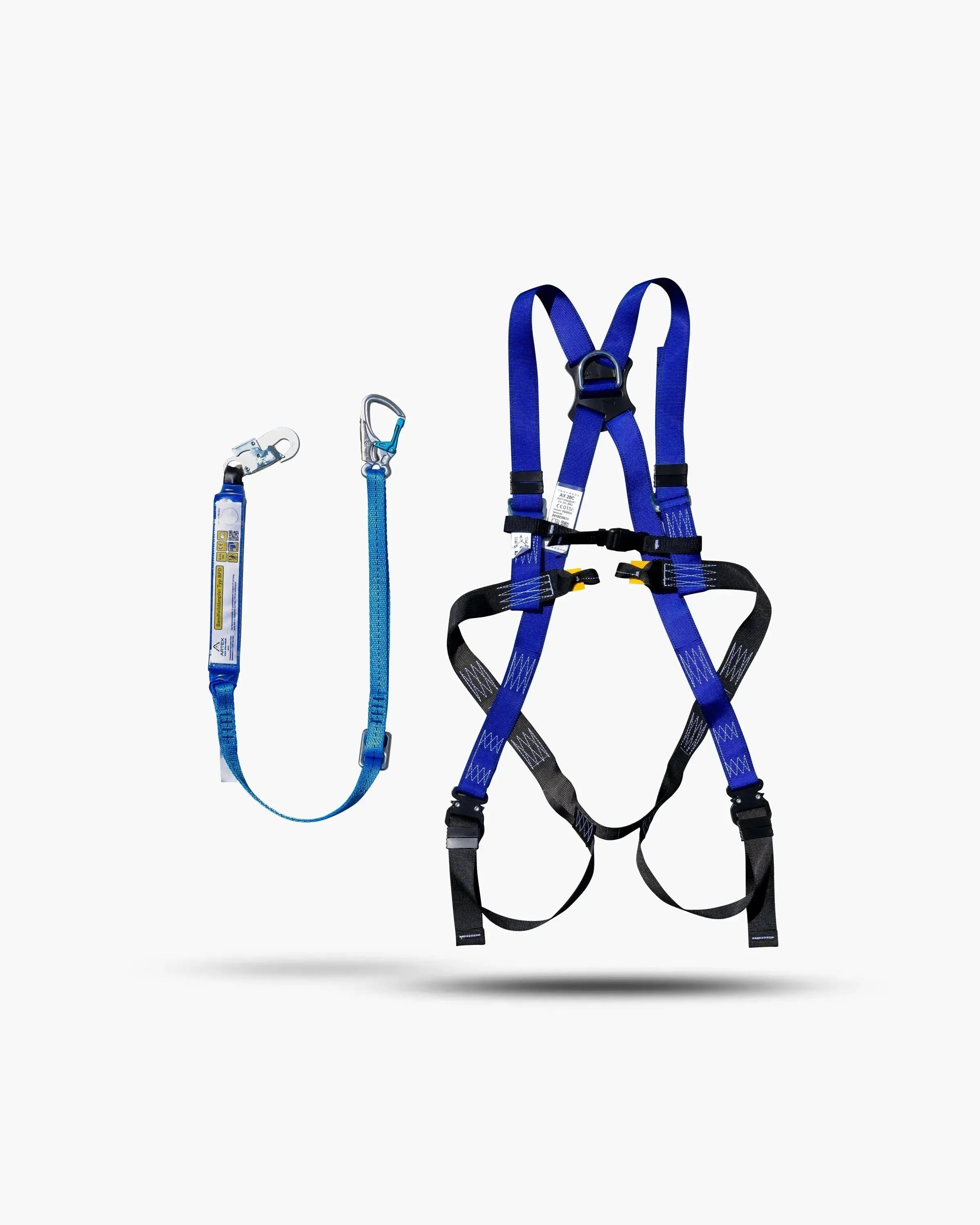




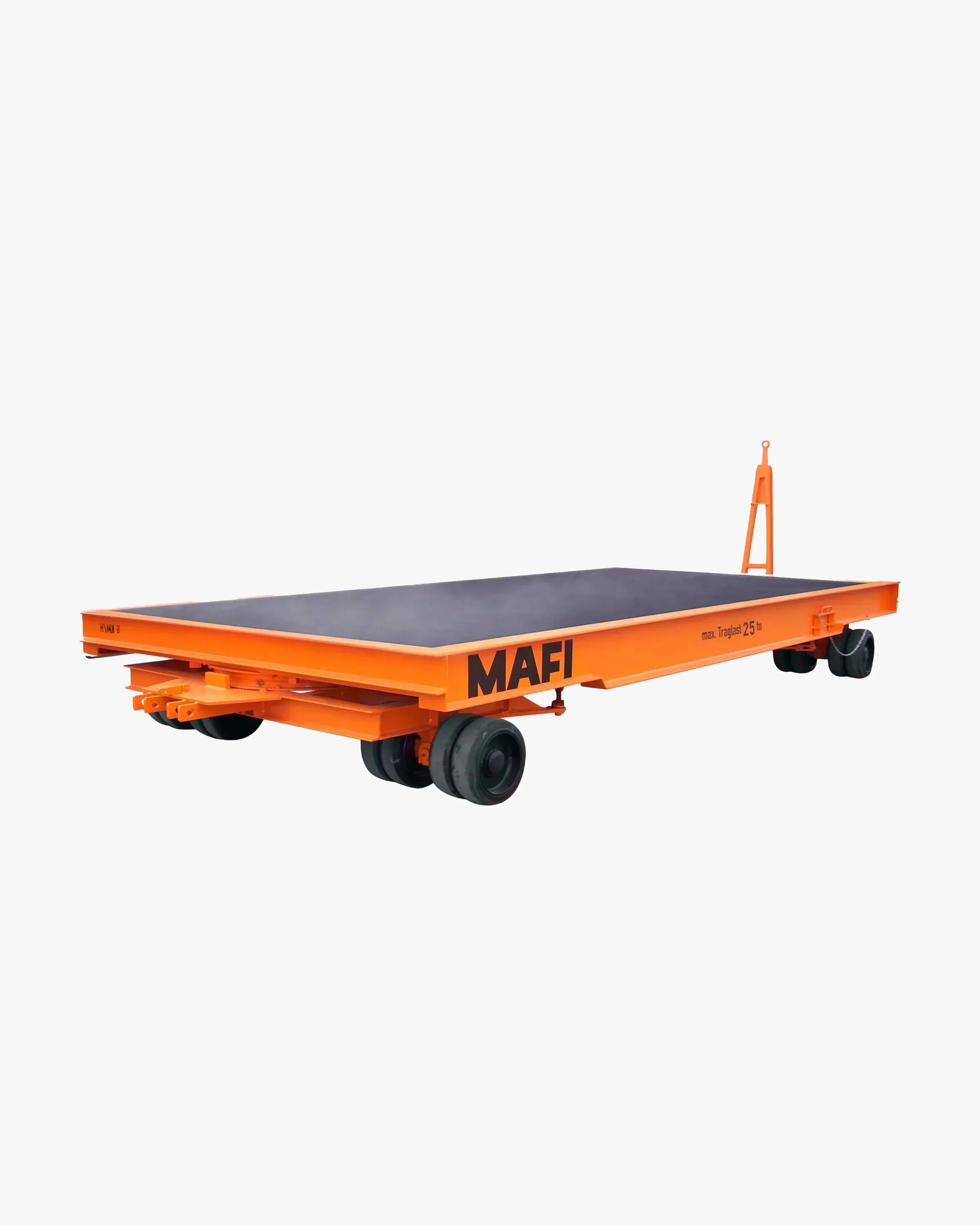
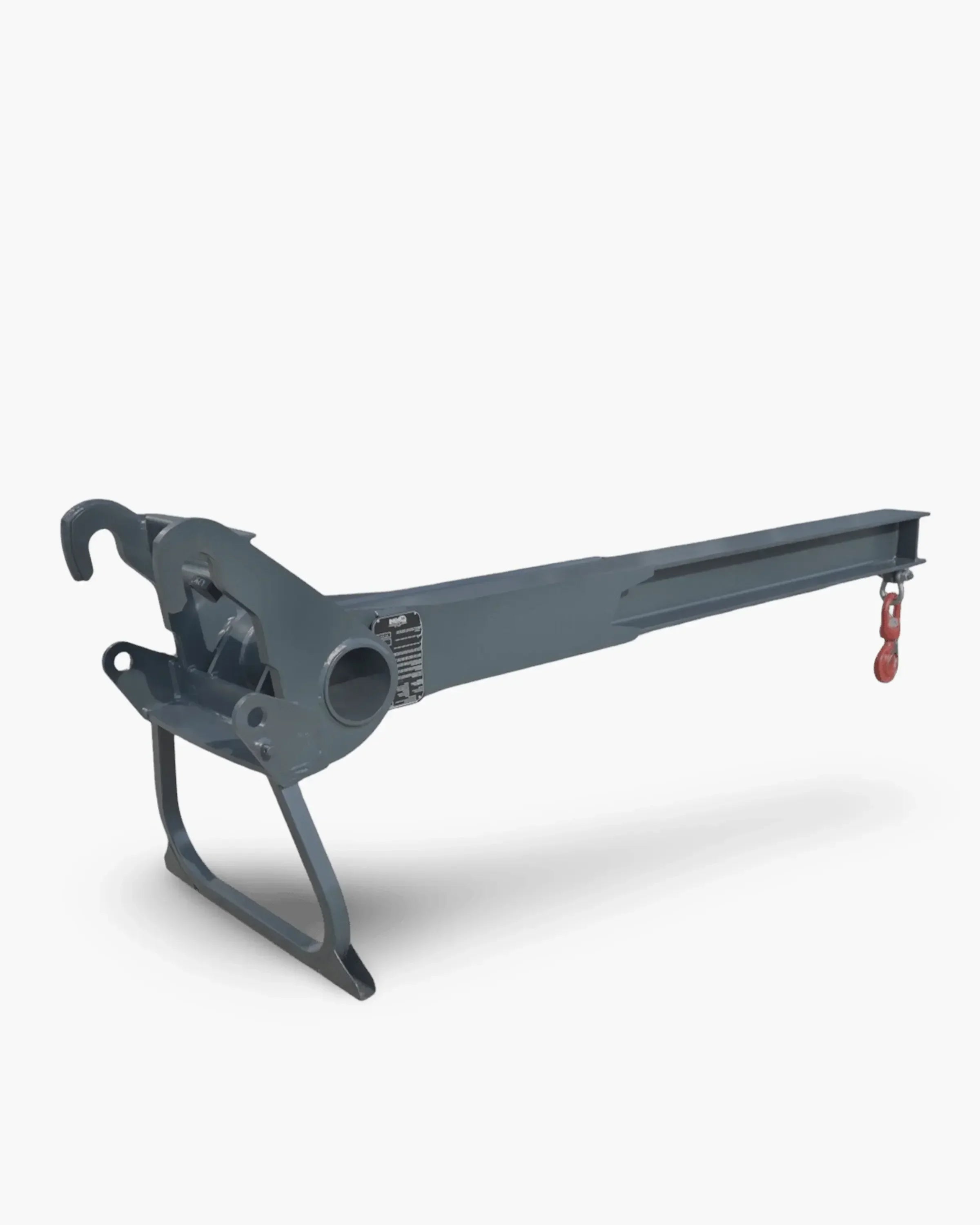
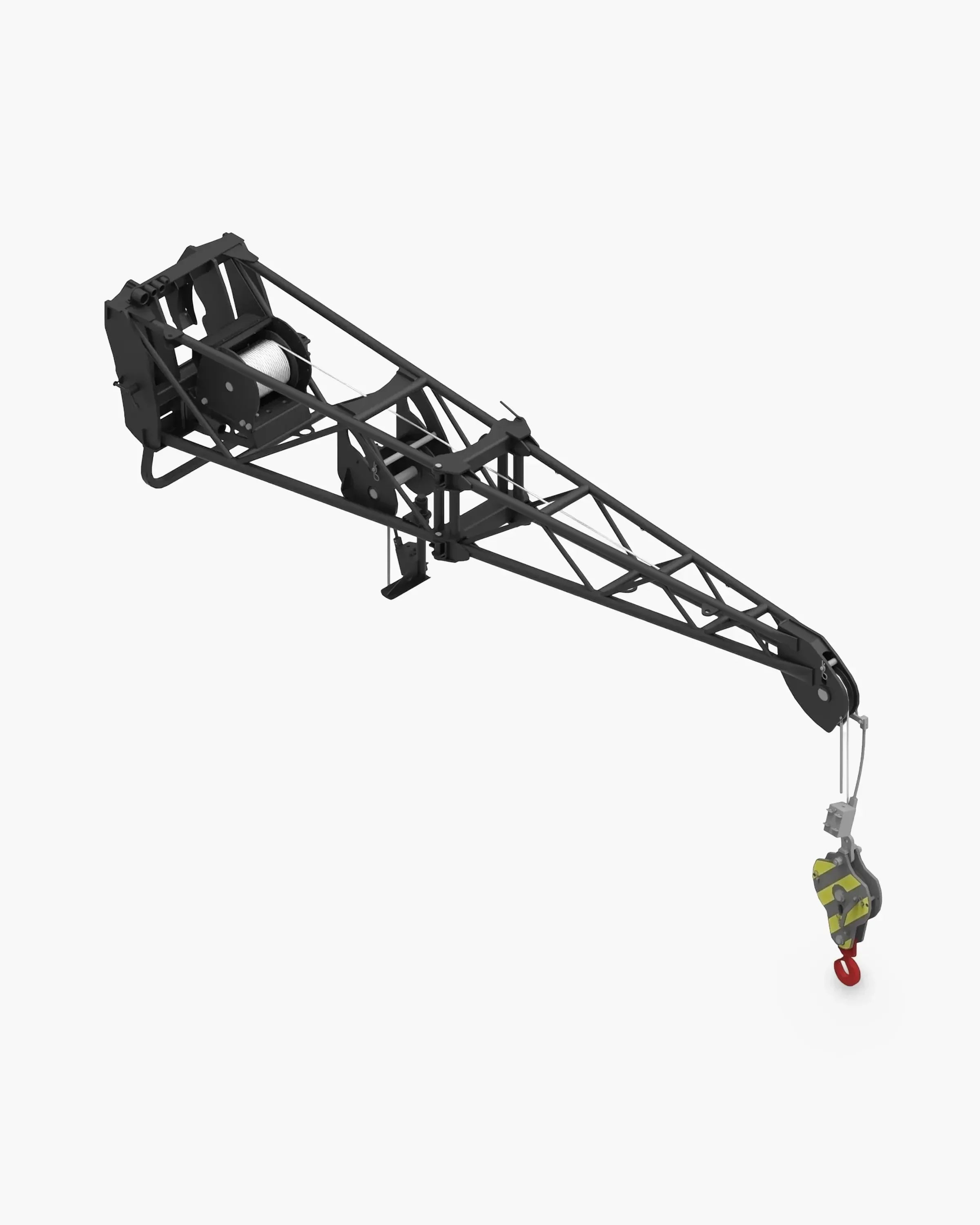
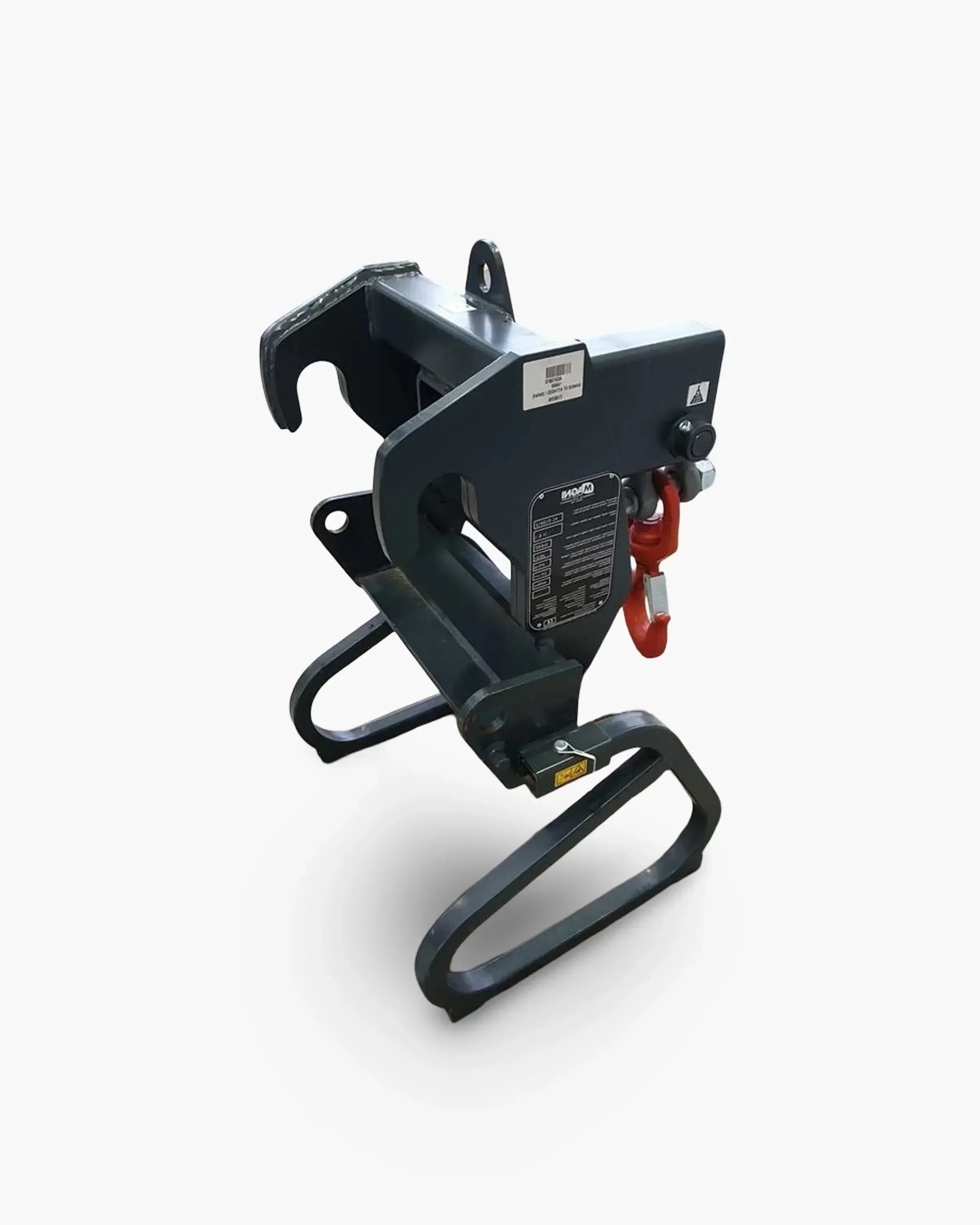

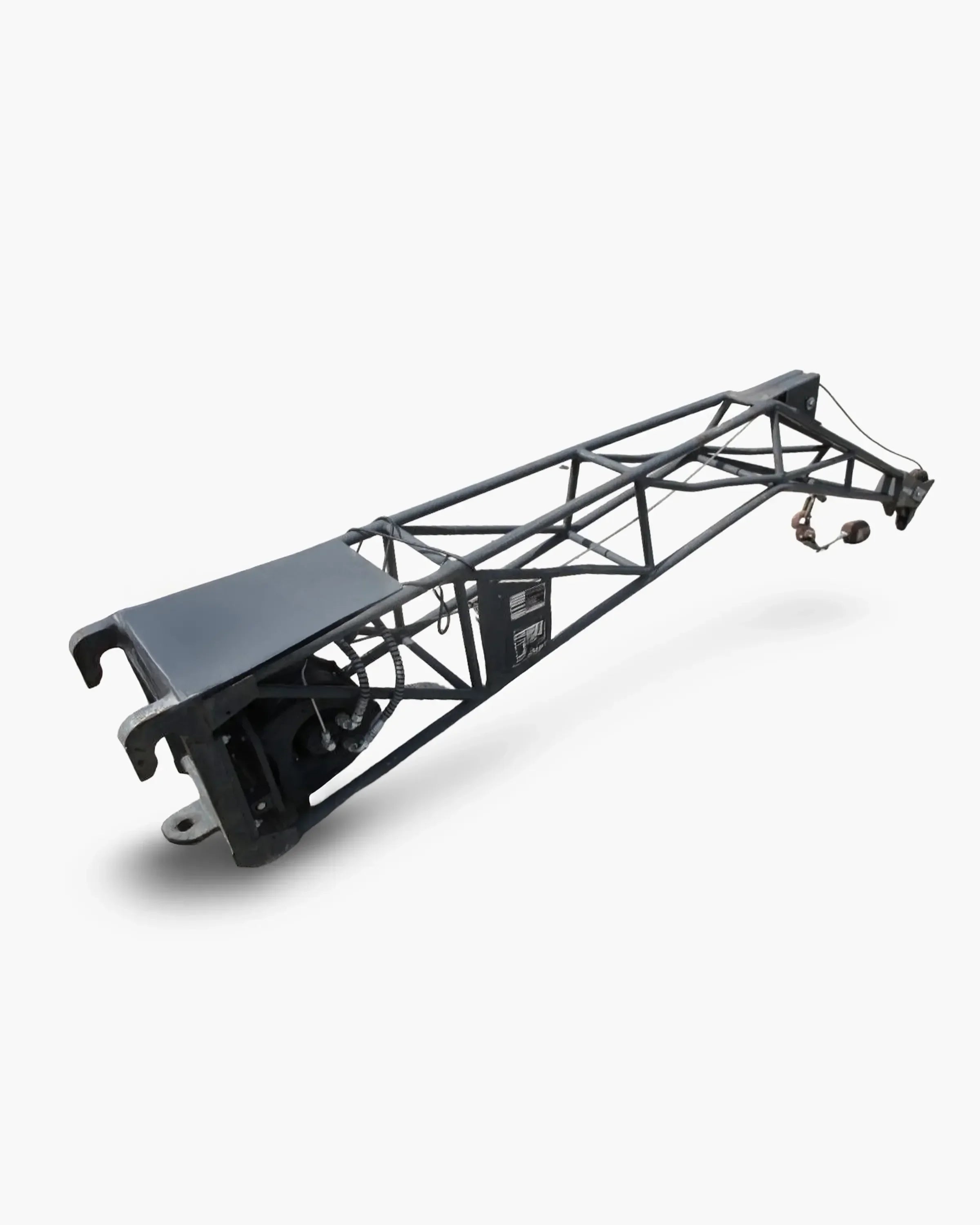
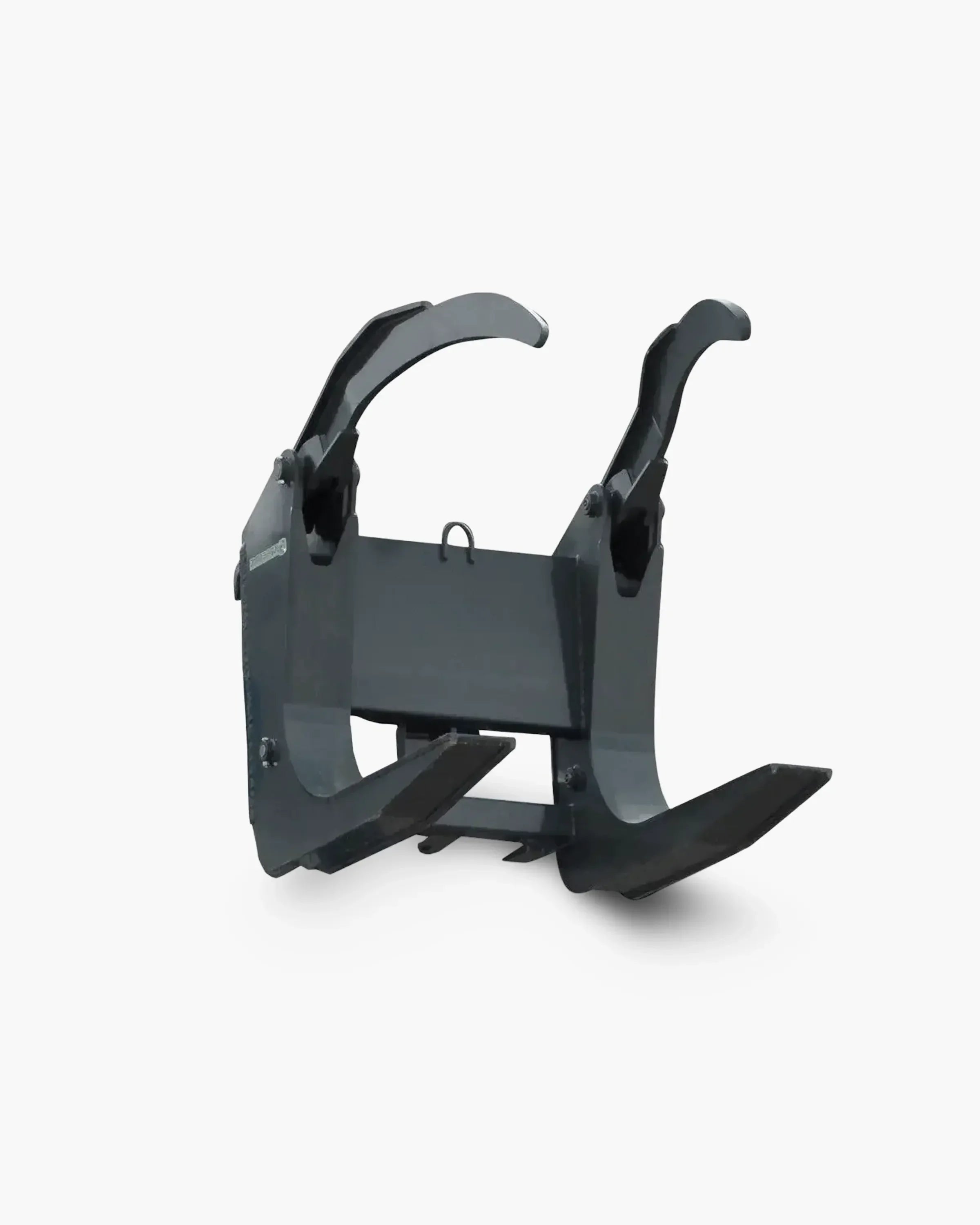
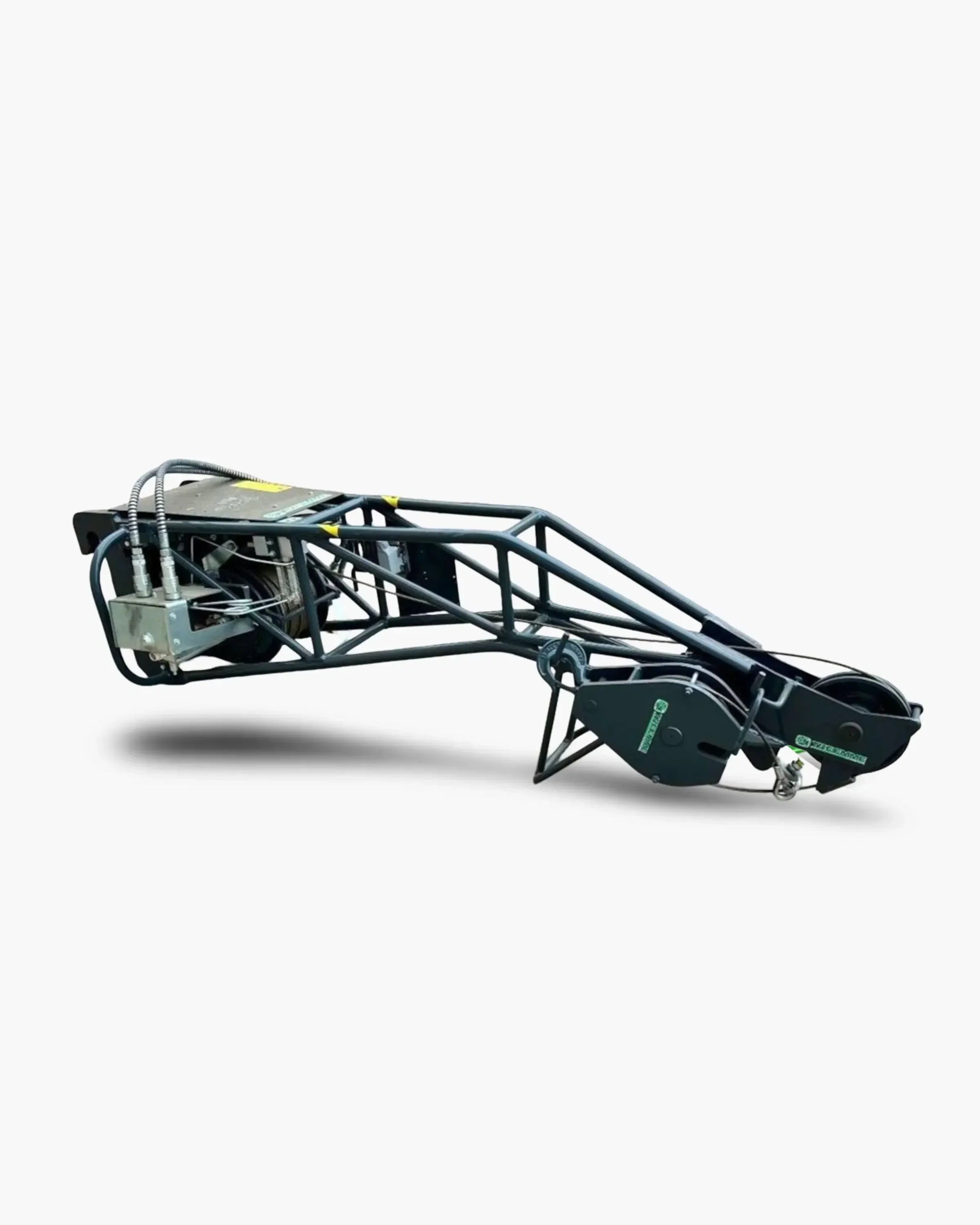

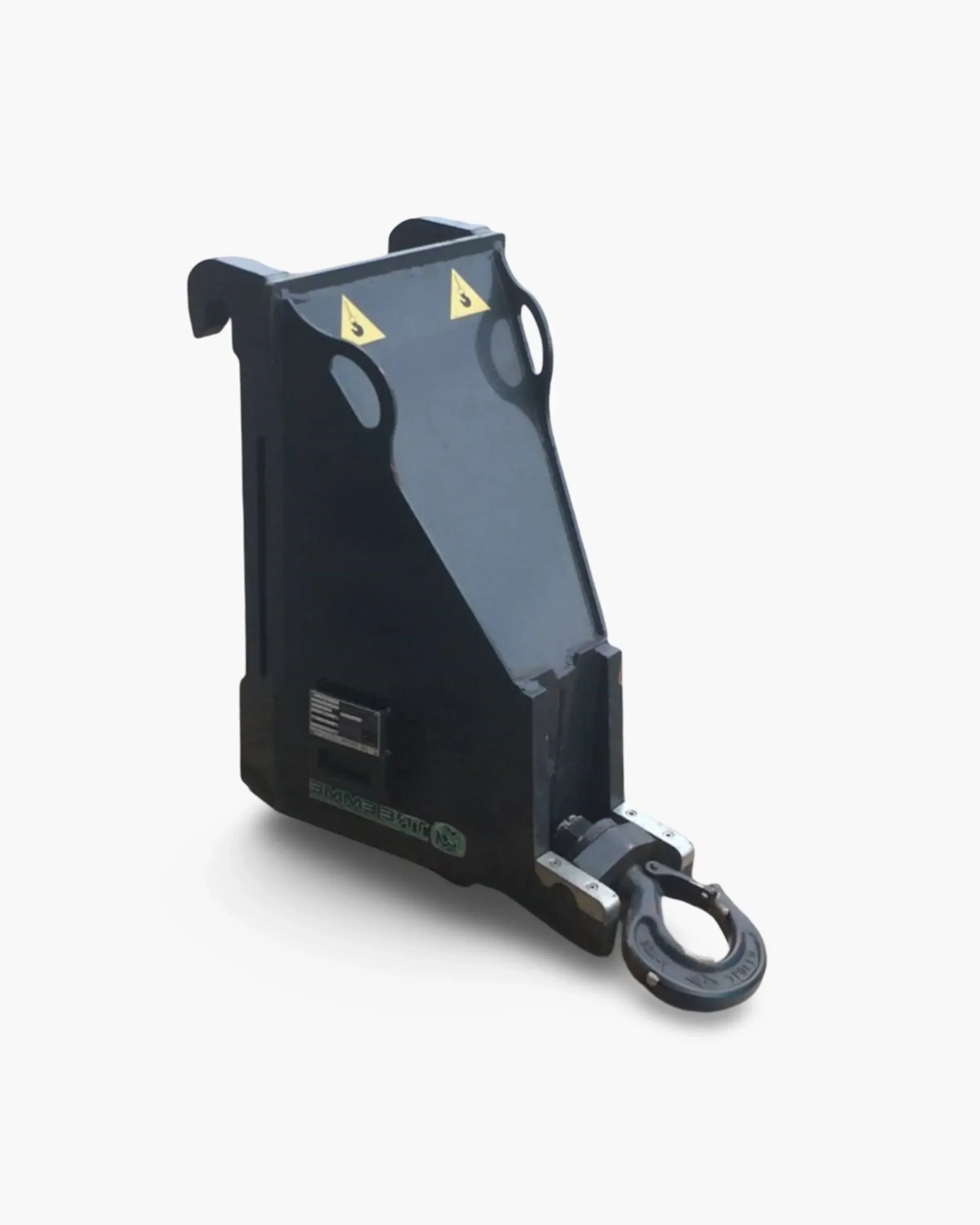
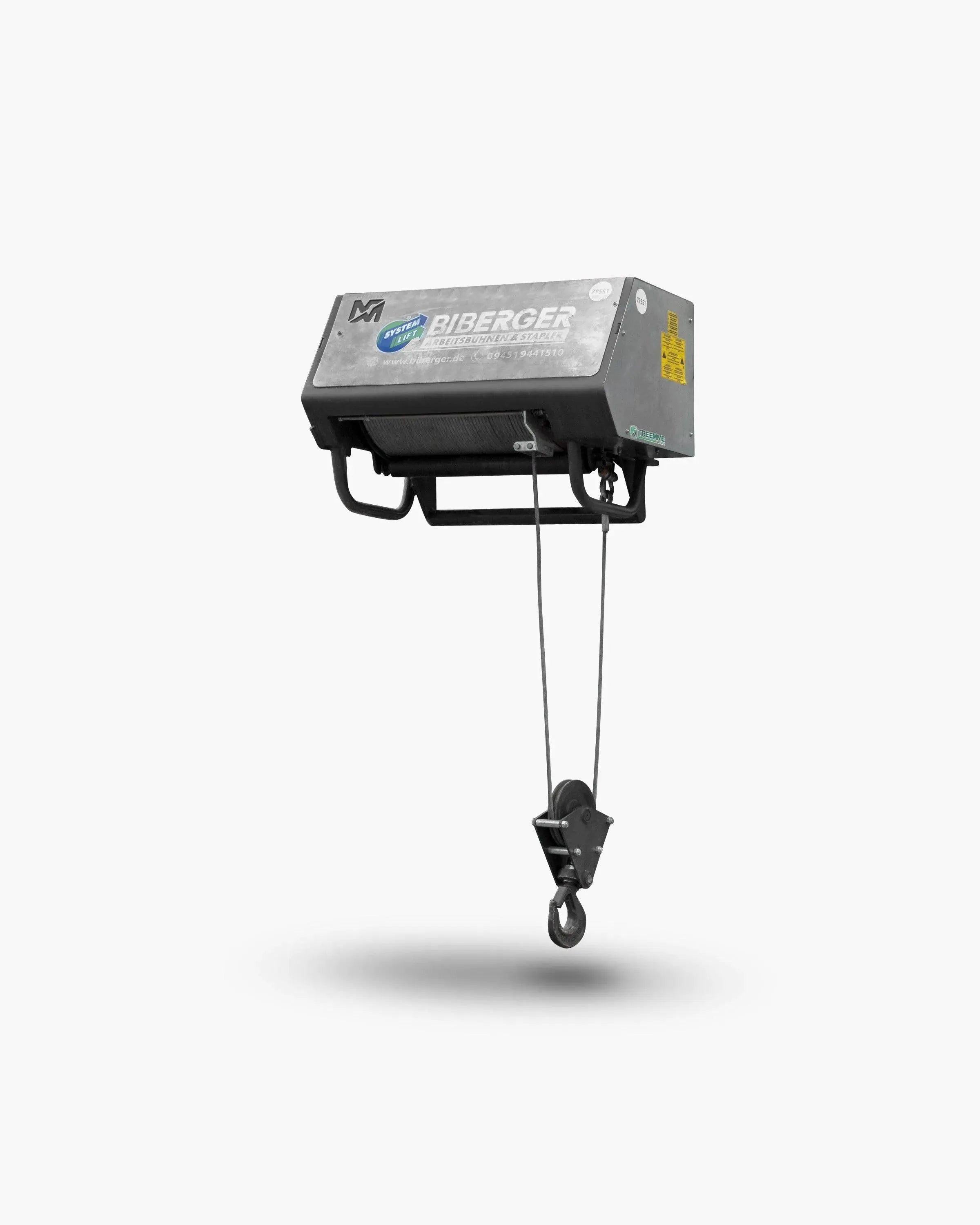
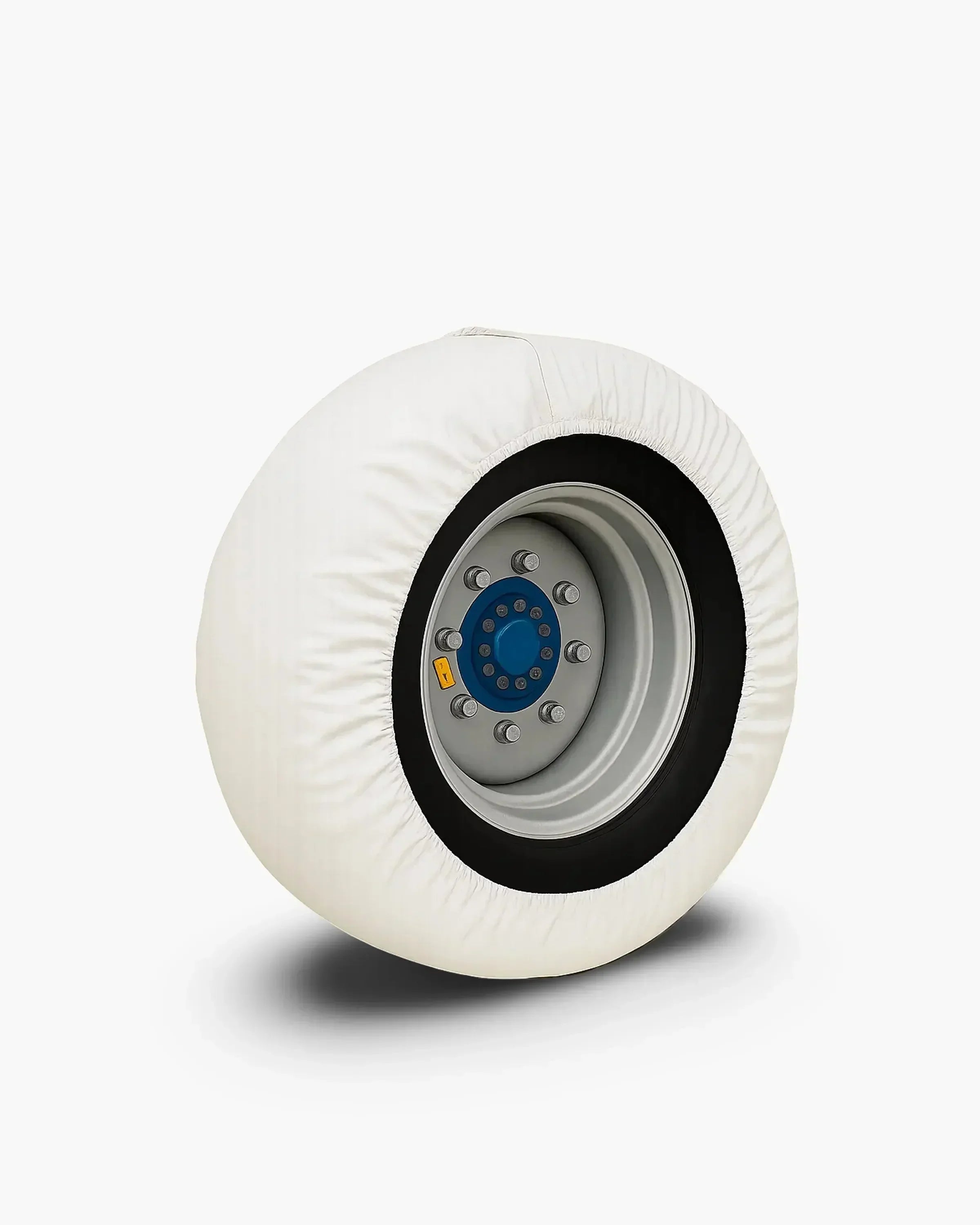


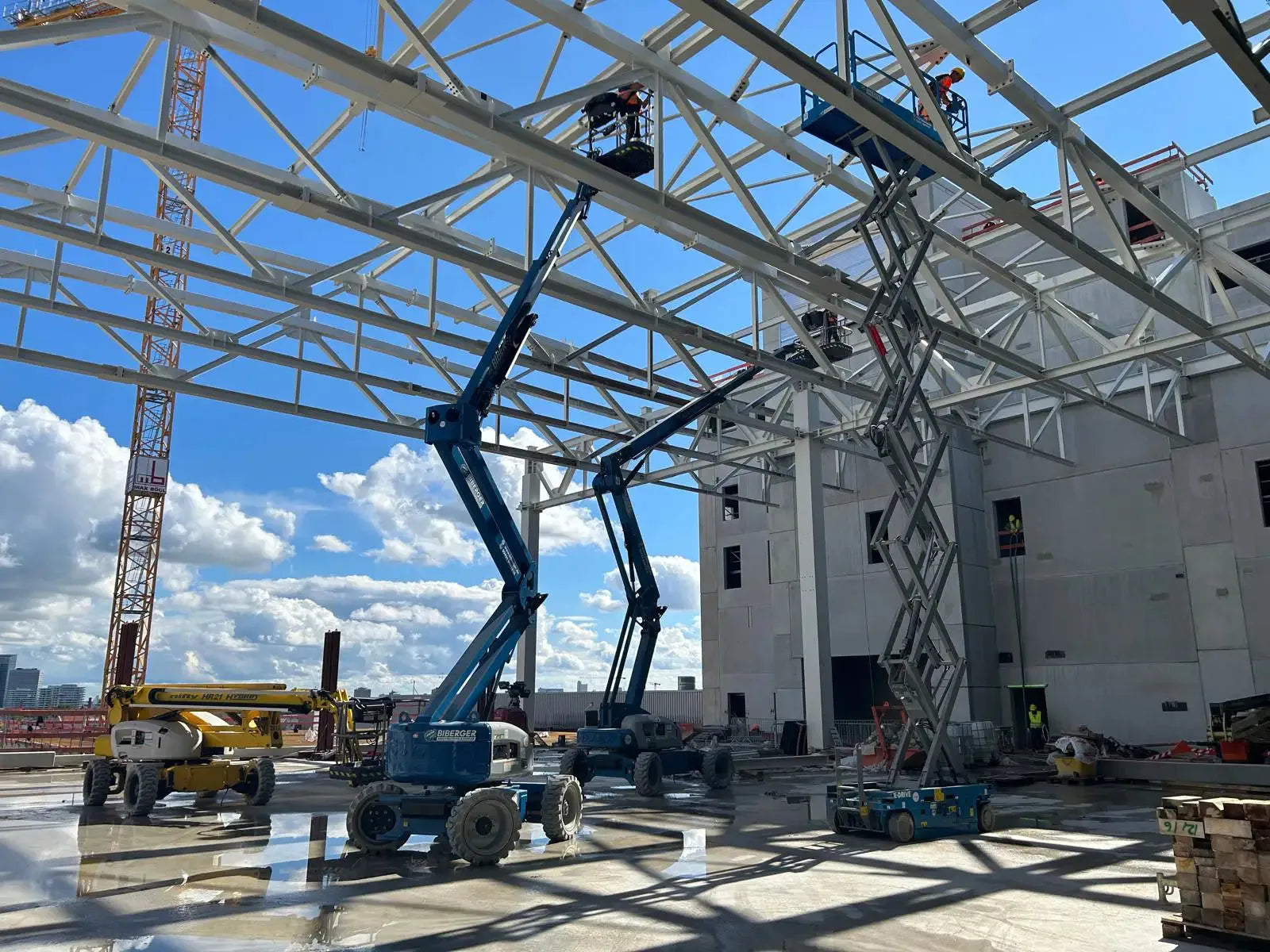

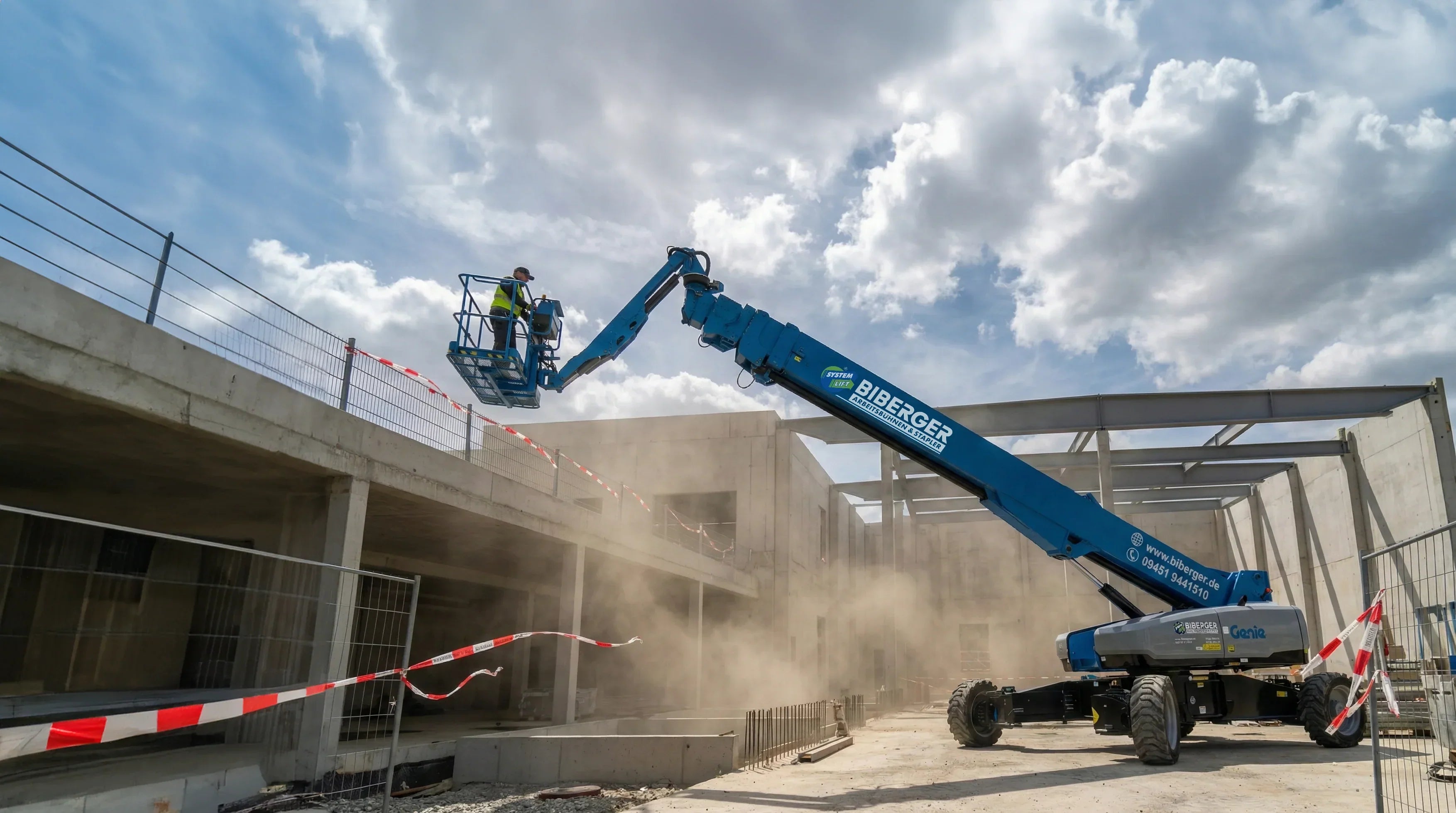

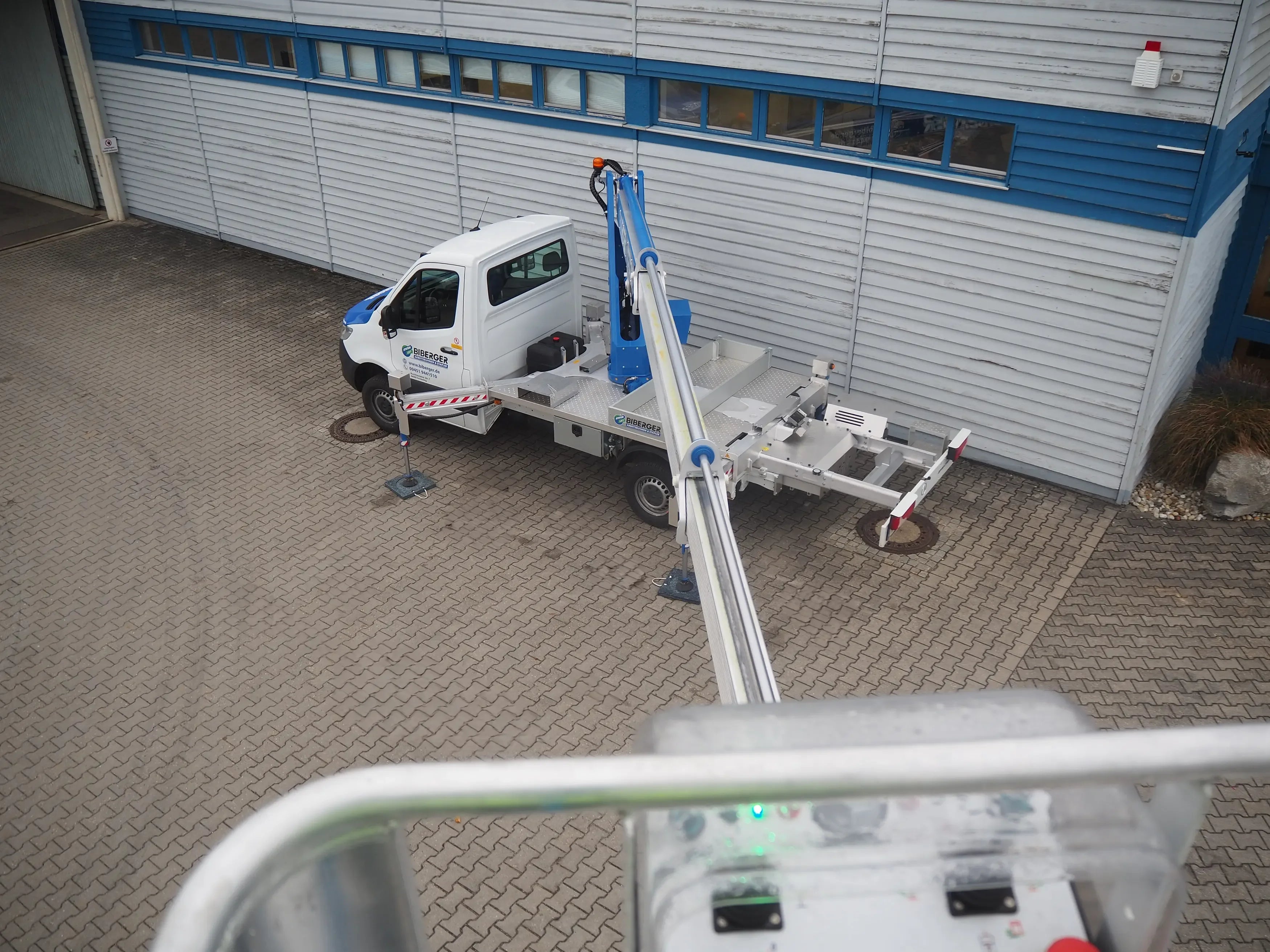
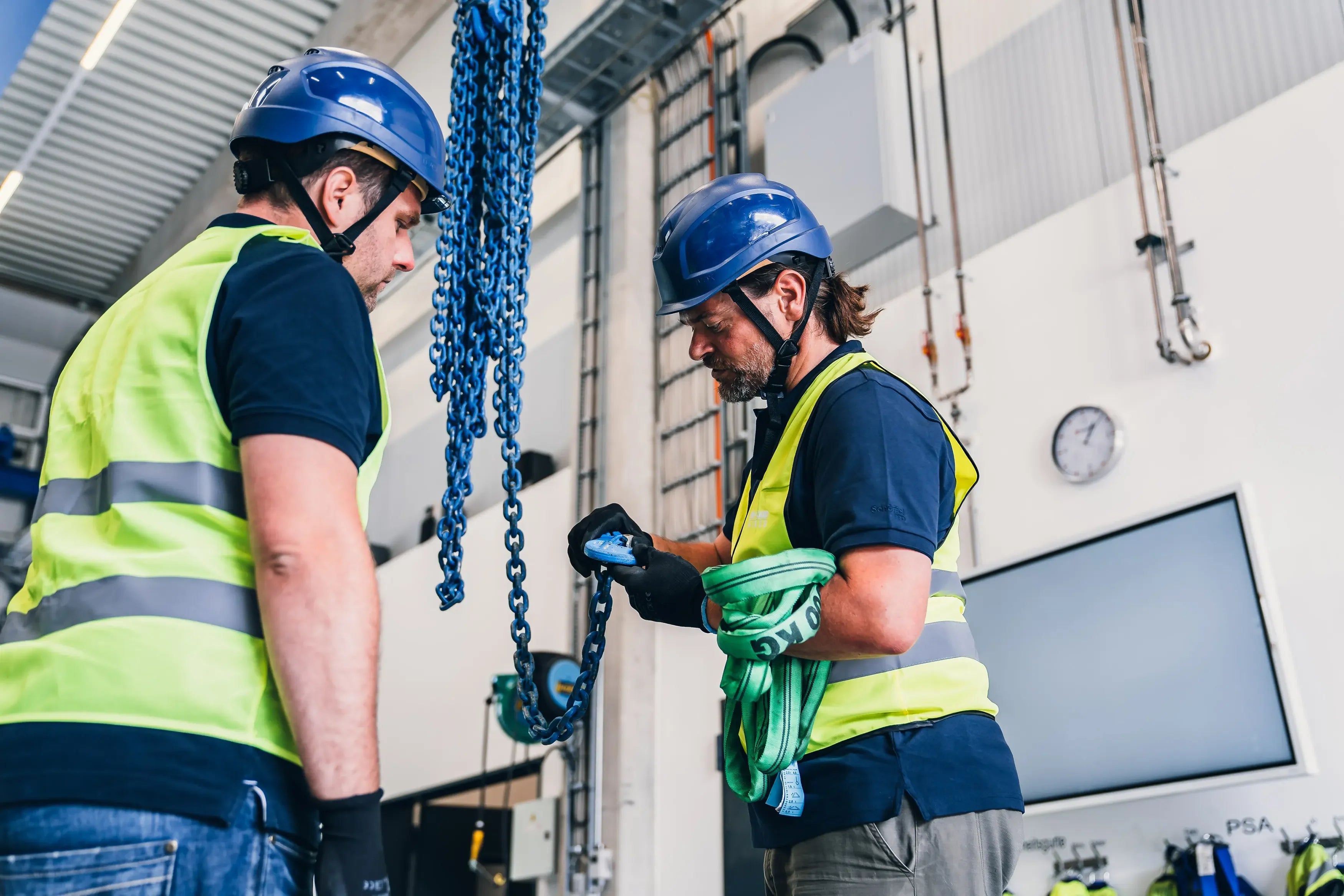
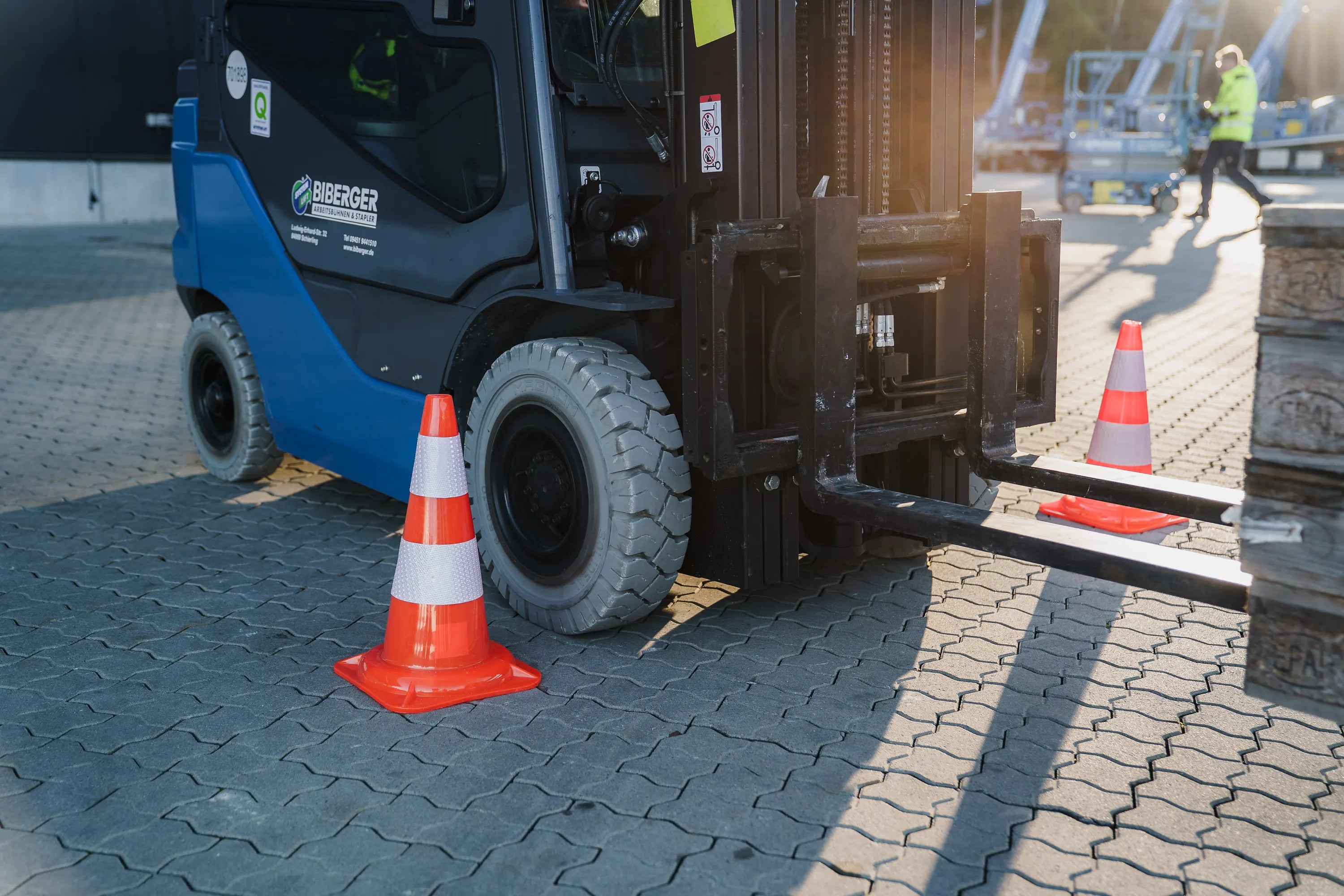
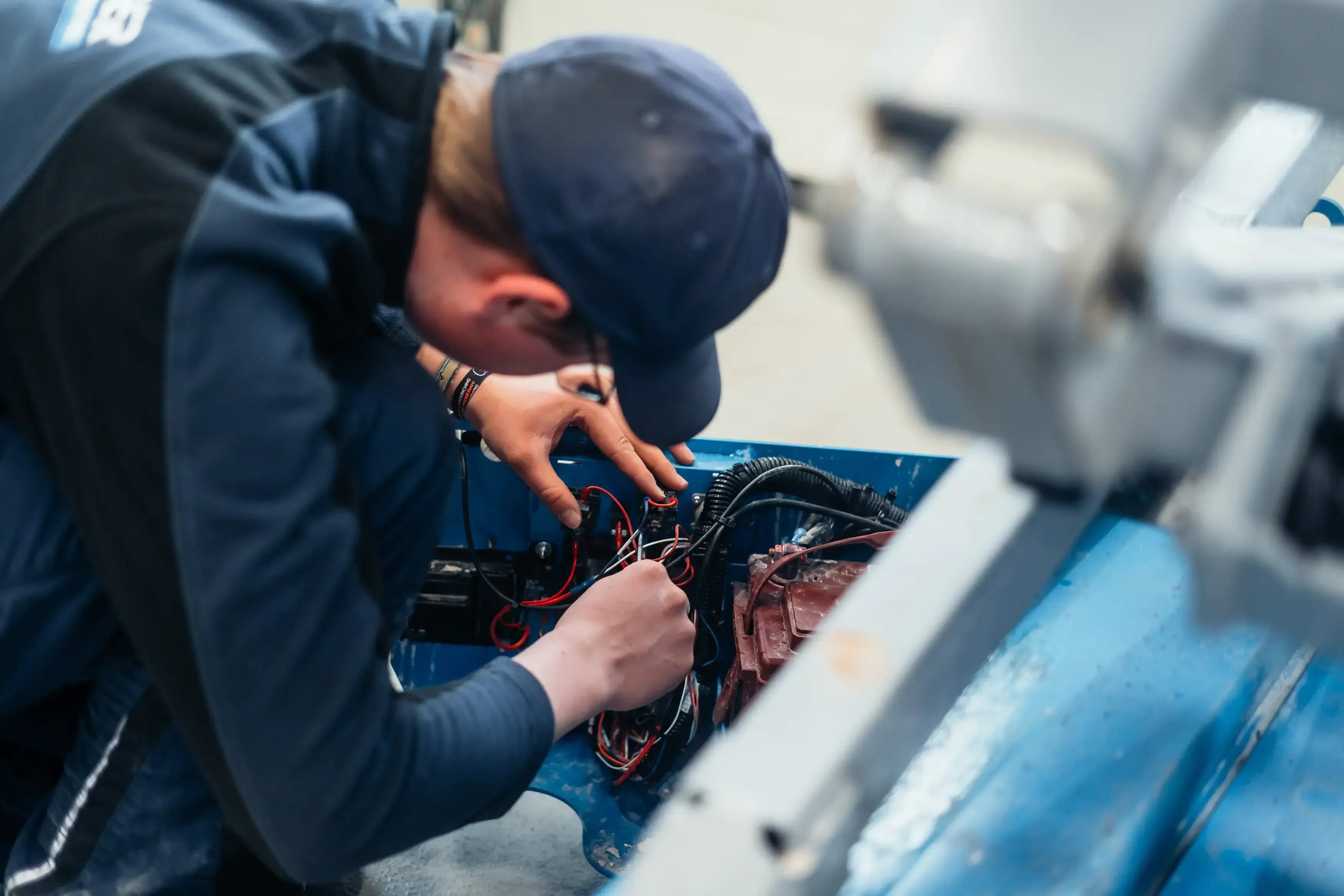
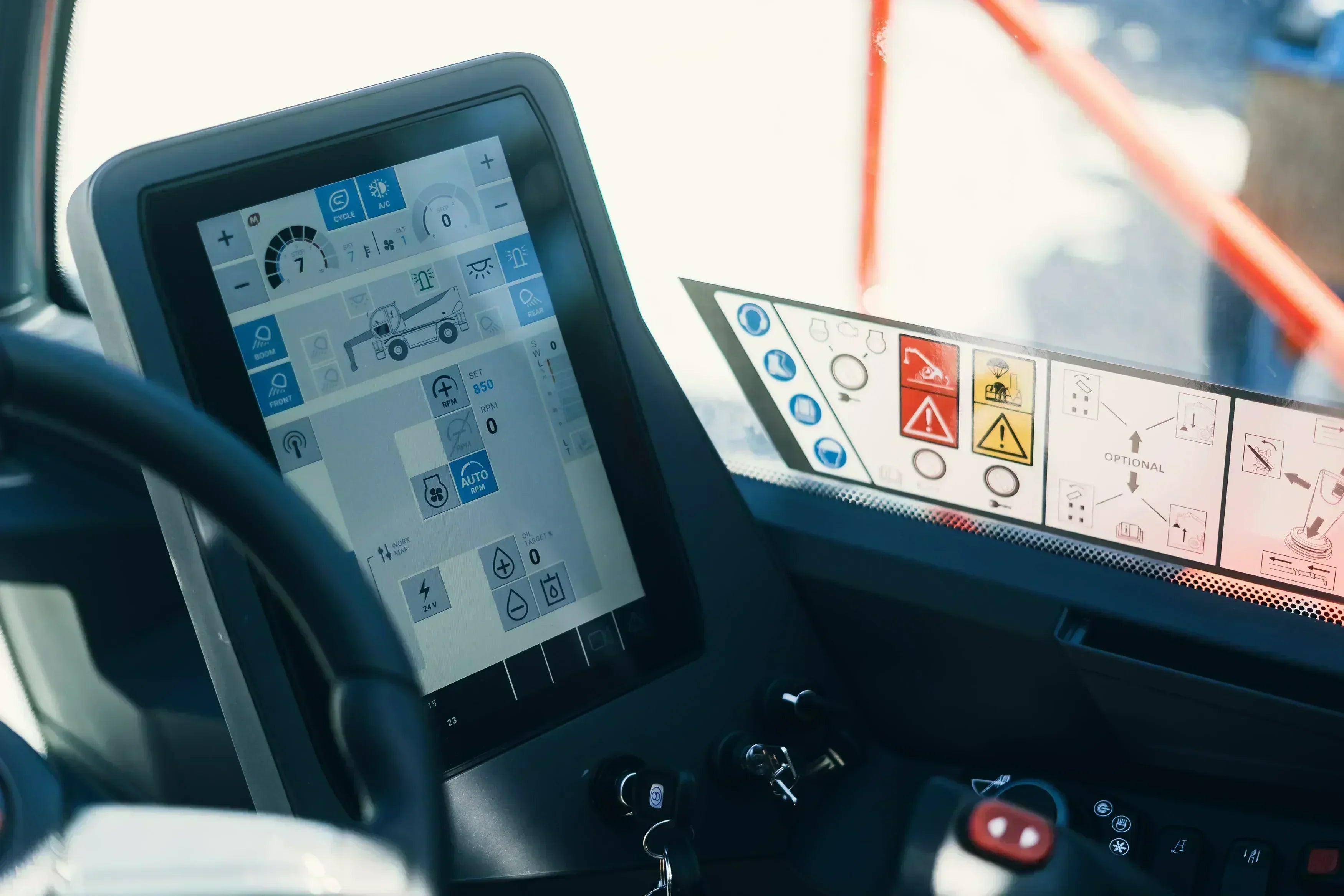
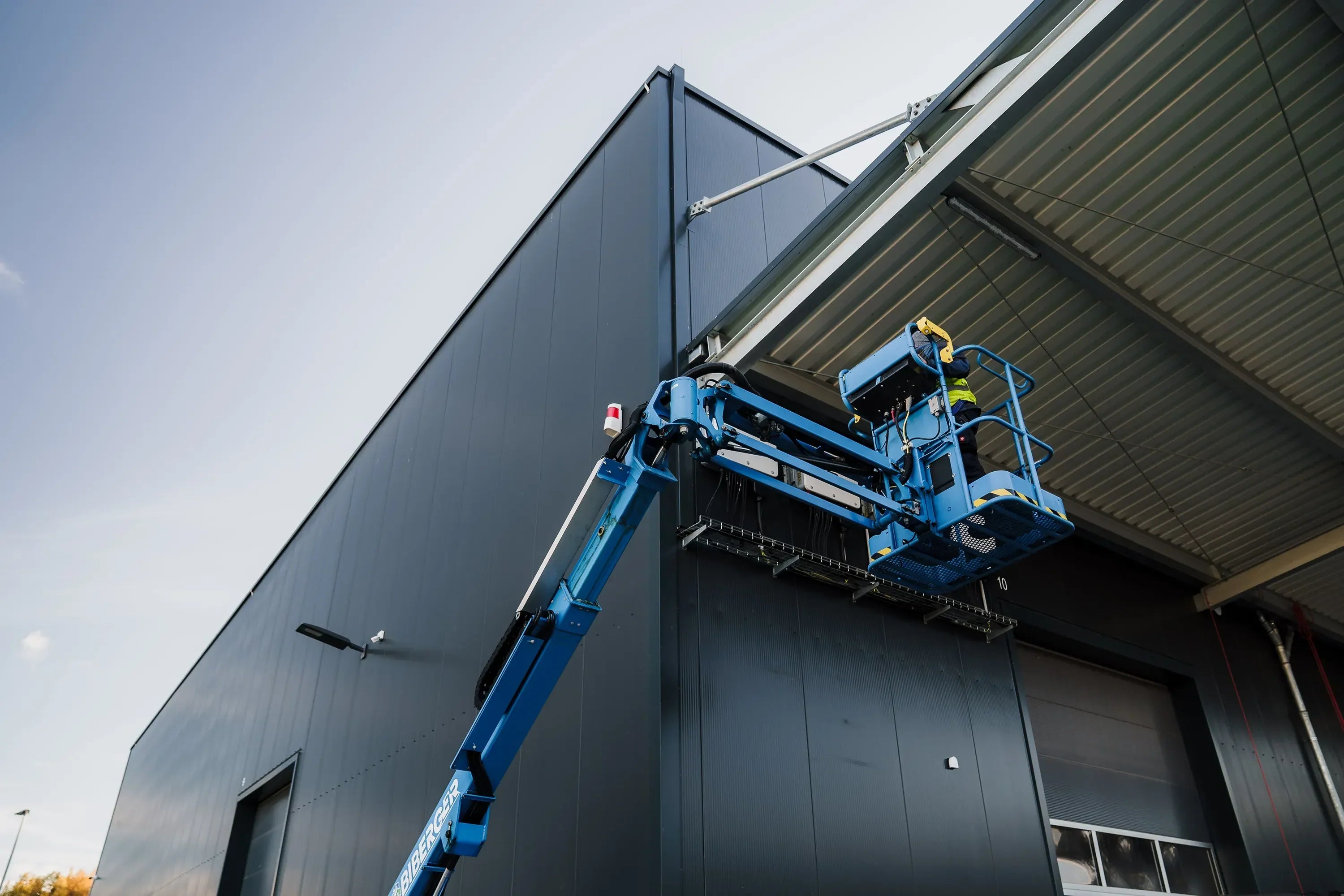






Share:
Renting a forklift with driver: Who does it make sense for?
Everything you need to know about the annual training for operators of aerial work platforms
Our editorial quality standards
The subject content on biberger.de are editorially created, reviewed, and continuously updated. The basis is our daily work with aerial platforms, telehandlers, and industrial trucks – in rental, sales, operational planning, and technical support.
Each article draws on real-world experience and is editorially reviewed for clarity, accuracy, and practical relevance according to expert criteria. Technical statements are regularly compared against current industry standards and best practices.
The aim of our publications is to make reliable specialist knowledge accessible and to offer guidance to users, decision-makers and industry partners. BIBERGER sees itself as an independent information platform for safe, economical and modern height access technology – well-founded, comprehensible and free from advertising influence.